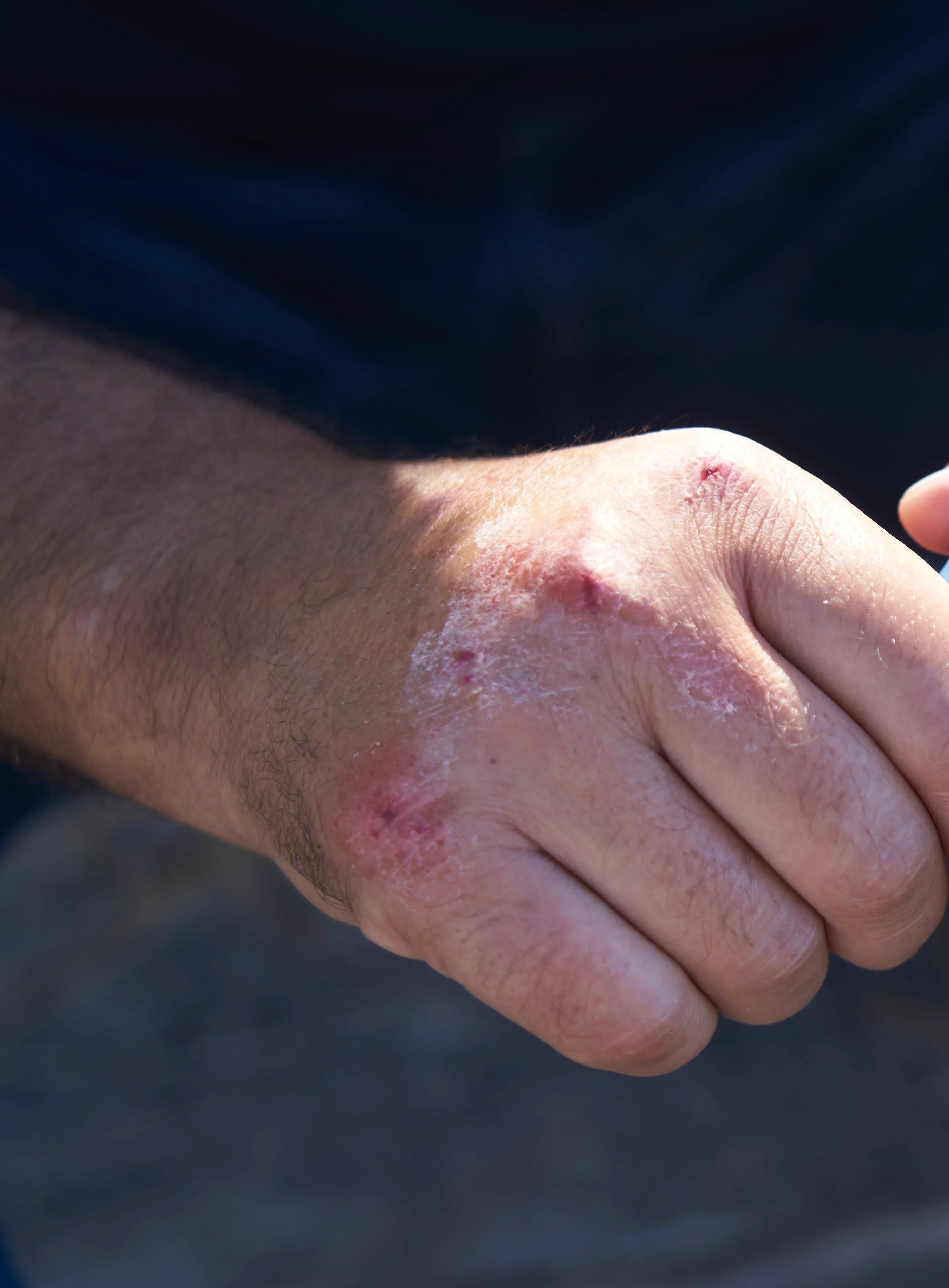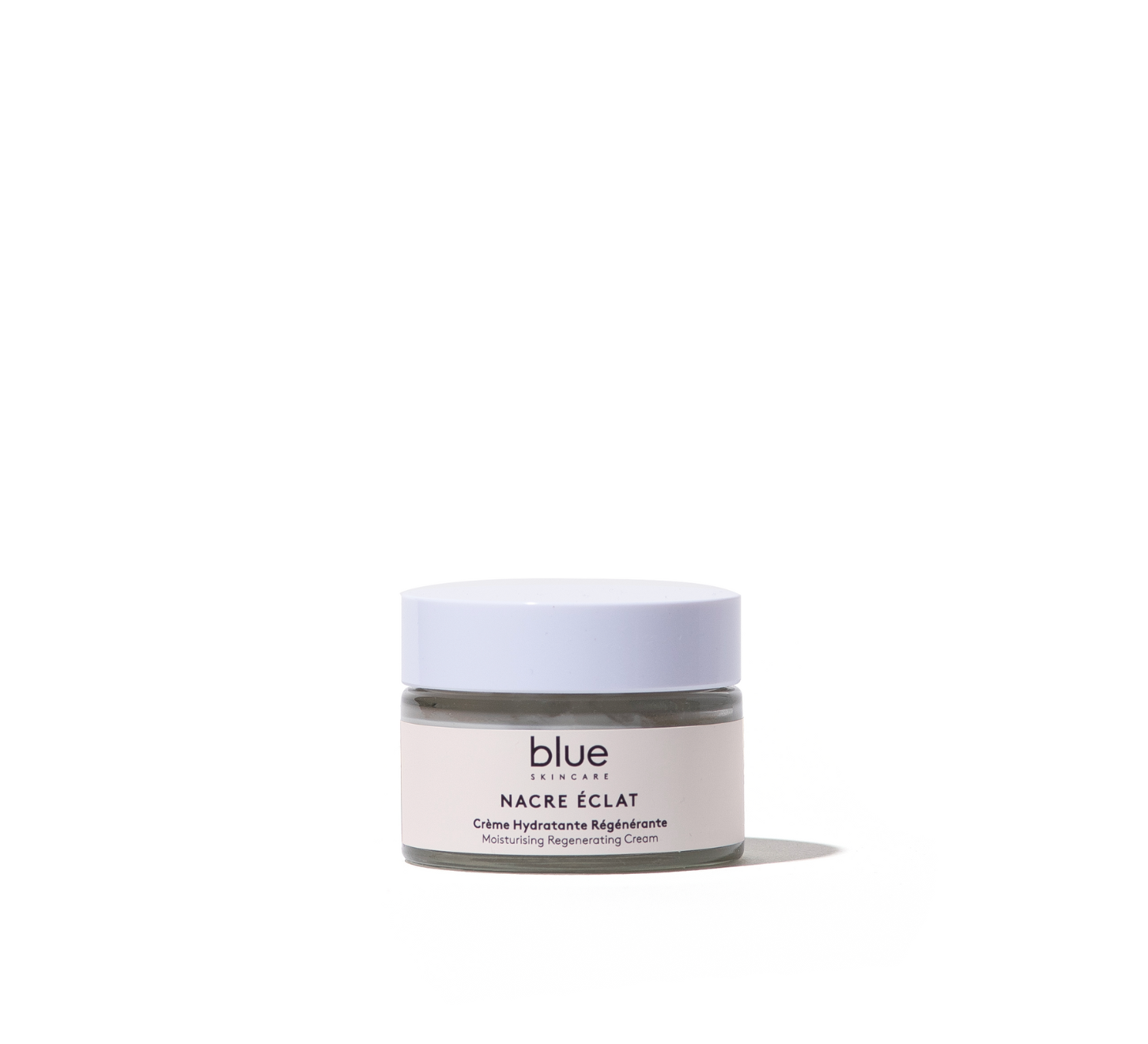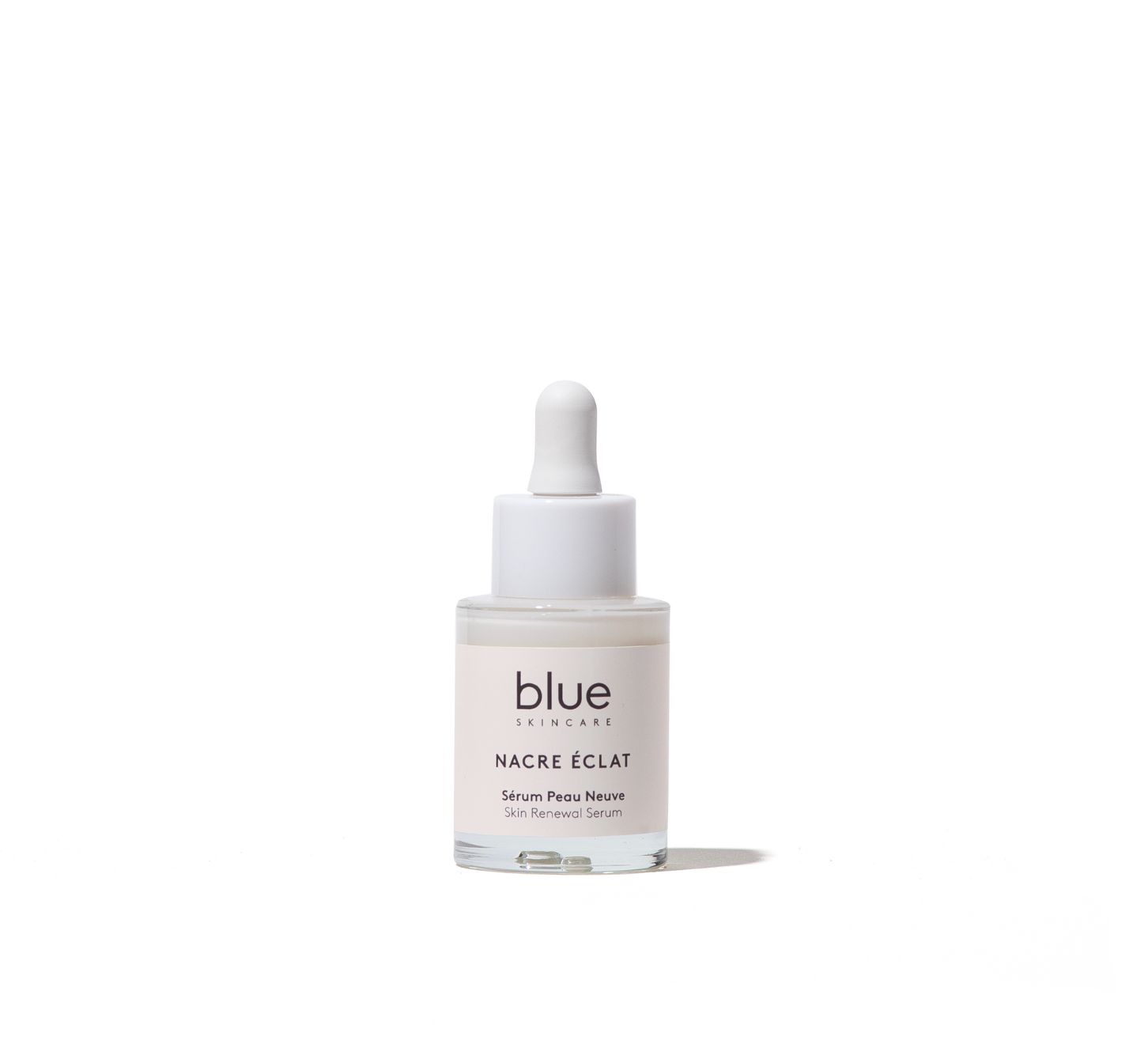Le psoriasis est une maladie de la peau qui peut se manifester de différentes manières, provoquant souvent des symptômes gênants. Reconnaître les signes précurseurs du psoriasis est essentiel pour une intervention précoce et une gestion efficace de la maladie.
Les symptômes courants du psoriasis
Le psoriasis présente une variété de symptômes cutanés caractéristiques, notamment :
Plaques rouges et squameuses
Les plaques de peau épaisses et rouges sont l'un des symptômes les plus courants du psoriasis. Elles sont généralement recouvertes de couches de peau morte ou de squames argentées. Les plaques de psoriasis sont généralement de couleur rouge ou rose vif. Elles se démarquent clairement de la peau environnante en raison de leur teinte.
Les plaques sont recouvertes de squames, qui sont des écailles de [peau sèche] et blanche. Ces squames peuvent être fines et presque poudreuses, ou plus épaisses et plus visibles selon la gravité du psoriasis.
Démangeaisons intenses
Les démangeaisons intenses sont l'un des symptômes les plus débilitants du psoriasis. Les personnes atteintes peuvent ressentir un besoin irrésistible de se gratter, car les démangeaisons sont souvent bien plus intenses que celles d'une peau saine. Les démangeaisons peuvent devenir extrêmement inconfortables et gênantes.
Rugosités cutanées
Une des caractéristiques du psoriasis est la rugosité cutanée, qui se manifeste par une texture de la peau irrégulière et granuleuse. Cette rugosité est le résultat de l'accumulation de cellules cutanées mortes et de squames à la surface de la peau.
Psoriasis en goutte
Dans cette forme de la maladie, de petites taches rouges apparaissent souvent sur le tronc, les bras et les jambes. Elles ressemblent à des gouttes de psoriasis éparpillées sur la peau.
Le psoriasis en goutte, une variante moins fréquente du psoriasis, se manifeste par de petites taches rouges ou roses, qui ressemblent à des gouttes éparpillées sur la peau. Ces lésions sont généralement de petite taille, rondes ou ovales, et se démarquent par leur teinte vive.
Psoriasis Pustuleux
Le psoriasis pustuleux est une forme rare et sévère du psoriasis, une maladie de la peau chronique. Ce type de psoriasis se caractérise par l'apparition de petites pustules blanches, remplies de pus, sur des zones de peau rouge et enflammée. Ces pustules sont généralement entourées de zones de peau rouge vif.
Le psoriasis pustuleux peut se manifester de deux manières principales : le psoriasis pustuleux localisé, qui affecte certaines parties du corps, et le psoriasis pustuleux généralisé, qui peut couvrir une grande partie du corps.
Pellicules sur le Cuir Chevelu
Les pellicules sur le cuir chevelu, médicalement connues sous le nom de dermatite séborrhéique, sont un problème courant qui affecte de nombreuses personnes. Elles se manifestent par des petites particules blanches ou jaunes, semblables à des flocons, qui se détachent du cuir chevelu et peuvent s'accumuler sur les cheveux et les épaules.
Il est important de bien différencier l'affection psoriasis de la dermatite atopique.
Quelles sont les zones fréquemment touchées ?
Le psoriasis peut se développer sur n'importe quelle partie du corps, mais certaines zones sont plus fréquemment touchées que d'autres, notamment :
-
Les Coudes
-
Les Genoux
-
Le Cuir Chevelu
-
Le Dos
-
La Poitrine
-
Les Mains et les Pieds
-
Le Visage
-
Les Ongles
-
Les Parties Génitales
Les Poussées de Psoriasis
Le psoriasis est souvent caractérisé par des périodes de poussées et de rémission. Les poussées sont des moments où les symptômes s'aggravent et deviennent plus visibles.
Les facteurs déclenchants des poussées peuvent varier d'une personne à l'autre, mais le stress, les infections, les blessures cutanées et les médicaments sont parmi les déclencheurs courants.
Quand Consulter un Dermatologue ?
Si vous présentez des symptômes de psoriasis, il est important de consulter un dermatologue. Les dermatologues sont des médecins spécialisés dans les problèmes de peau et sont les mieux placés pour diagnostiquer et traiter le psoriasis. Voici quelques raisons pour lesquelles vous devriez envisager une consultation dermatologique :
Confirmer le diagnostic
La confirmation du diagnostic du psoriasis repose principalement sur une évaluation clinique effectuée par un dermatologue, un médecin spécialisé dans les affections cutanées.
Pour confirmer un cas de psoriasis, le professionnel de la santé examine attentivement les lésions cutanées caractéristiques de la maladie, telles que les plaques rouges et squameuses. Ils peuvent également interroger le patient sur les antécédents médicaux et familiaux, les symptômes associés et les déclencheurs potentiels.
Dans certains cas, une biopsie cutanée peut être réalisée pour confirmer le diagnostic en examinant un échantillon de peau au microscope.
Une fois le diagnostic de psoriasis confirmé, le dermatologue peut élaborer un plan de traitement adapté à la gravité et à l'étendue de la maladie, en tenant compte des besoins spécifiques du patient.
La confirmation du diagnostic est essentielle pour permettre une gestion efficace de la maladie et l'amélioration de la qualité de vie du patient.
Élaborer un plan de traitement
Un dermatologue peut vous aider à élaborer un plan de traitement personnalisé en fonction de la gravité de votre psoriasis et de son impact sur votre vie quotidienne.
Il propose généralement un plan de traitement adapté à la gravité et à l'étendue de la maladie, ainsi qu'aux besoins spécifiques du patient. La patientèle atteinte par cette pathologie se voit avoir des options de traitement qui varient, mais elles visent principalement à réduire l'inflammation, à atténuer les symptômes et à prévenir les poussées.
Le traitement peut inclure l'utilisation de crèmes ou de pommades topiques contenant des corticostéroïdes ou d'autres médicaments anti-inflammatoires pour les lésions cutanées localisées.
Pour des cas plus graves ou étendus, des traitements phototherapiques, tels que la photothérapie UVB, peuvent être recommandés. Dans certains cas, des médicaments oraux ou des injections de médicaments biologiques peuvent être nécessaires pour contrôler la maladie.
Le choix du traitement dépendra du psoriasis en particulier, de sa localisation, de sa sévérité et des préférences du patient. Une communication ouverte avec le dermatologue est essentielle pour ajuster le traitement en fonction de l'évolution de la maladie et pour garantir les meilleurs résultats possibles.
Être suivi et surveillé de manière régulière
Le psoriasis est une maladie chronique qui nécessite une gestion à long terme. Un dermatologue peut surveiller votre état et ajuster le traitement au fil du temps pour optimiser les résultats.
Prévenir les complications
Les personnes atteintes de psoriasis ont un risque accru de développer d'autres problèmes de santé, tels que des maladies cardiovasculaires. Dans cette perspective, un dermatologue ou un médecin peut jouer un rôle essentiel en vous guidant vers des traitements et des produits spécifiques visant à minimiser ces risques.
Reconnaître les symptômes du psoriasis est la première étape cruciale vers une prise en charge efficace de cette maladie de la peau.
Si vous présentez des plaques rouges, des démangeaisons persistantes, des squames ou d'autres symptômes similaires, ne tardez pas à consulter un dermatologue. Avec un diagnostic précoce et un traitement approprié, de nombreuses personnes atteintes de psoriasis peuvent gérer leurs symptômes et améliorer leur qualité de vie.
Enfin, vous pouvez compter sur des crèmes pour le psoriasis, qui vous aideront à réduire vos squames et hydrater votre peau.































